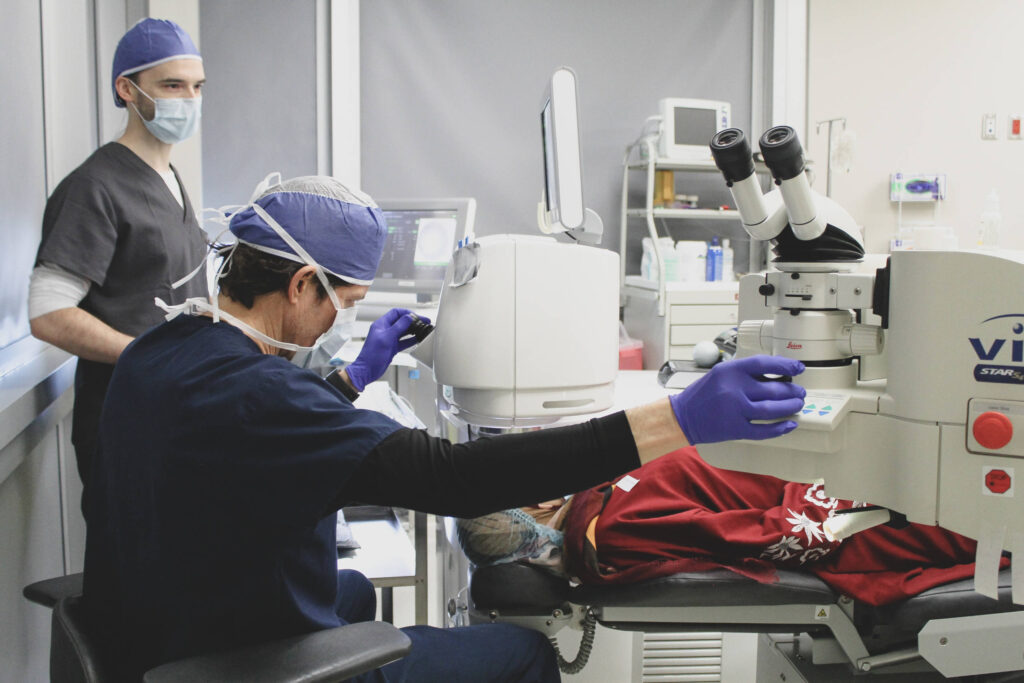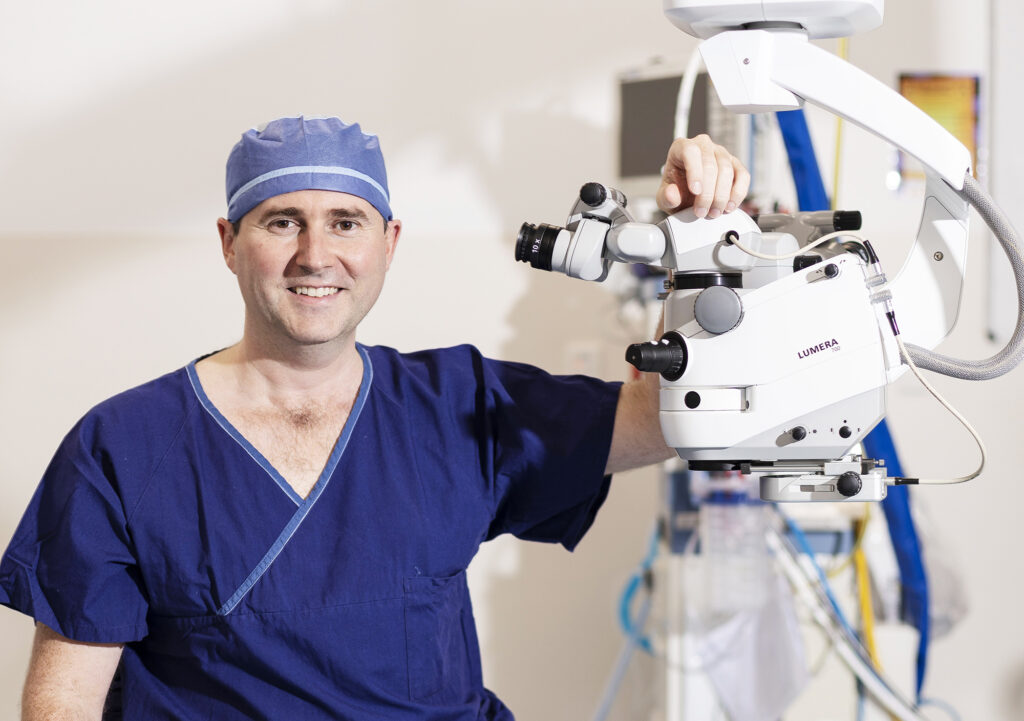Looking to speed up your LASIK recovery?

LASIK, an abbreviation for Laser In Situ Keratomileusis, is a frequently performed surgery that corrects nearsightedness (myopia). It is sometimes used to cure astigmatism and farsightedness as well. While it is an extremely popular surgery, anybody contemplating it will likely have a number of concerns, the most common being how long does LASIK recovery take? The next section tackles several frequently asked questions about LASIK recovery.
The timescale for recovery
- The first 24 hours
- Days 2–7
- The first four weeks.
The first 24-hour period
Your surgeon will supply you with eye covers immediately after the lasik eye surgery. It is critical to wear them as needed, particularly at night. Additionally, you will be given a series of eye drops. Take note of how items should be used and adhere to the directions provided.
Within a few hours, you should be able to see well, and there should be little or no discomfort.
Days two through seven
You’ll need to continue wearing the eye shields for many nights to avoid accidentally touching your eyes while sleeping. On the question of sleep, it is critical to receive enough rest during this time period, since only then can the body completely engage in the healing process.
Avoid wearing makeup, and when you go outdoors, use shades since your eyes will be hypersensitive to light. You will be advised not to swim for the first two weeks after LASIK.

Four weeks in the beginning
Your eyes are likely to be sensitive during this time period, perhaps feeling gritty, and you may see halos around light sources. While this may be worrying, be assured that it will settle and eventually vanish. You may notice that your eyes are drier than usual; if this is a concern, your surgeon may prescribe eye drops.
Avoid contact sports and activities that require significant strain, such as weight lifting, during this period.
Your surgeon will advise you on the best time to return to see him or her. Of course, if you’re concerned at any time throughout the rehabilitation process, don’t hesitate to seek guidance from them.
These extra actions can expedite your recuperation.
LASIK recovery durations are often shorter than those associated with other types of laser operations. The following suggestions will assist in shortening this critical period of healing and readjustment.
- Avoid potentially dangerous situations, such as those that are smoky or dusty. Avoid entering areas with high chemical concentrations, such as print shops or dark rooms.
- If your light sensitivity is extreme, consider wearing sunglasses inside as well.
Avert the blazing sun
To begin, you will ensure that you do not expose your eyes during bright or intense daylight. This is an absolute no-no. Strong sunlight might be problematic, particularly if you have just had LASIK. You should also avoid any sort of bright artificial light for a period of time.
Avoid playing video games.
Do not aim to engage in extended durations of video gaming. This might have a deadly consequence. Simultaneously, you should avoid spending lengthy hours viewing movies or television shows.
Indulge in post-Lasik consultations
This is a critical step for you to take after LASIK. Lasik follow-ups in an appropriate amount will determine how quickly you recover. Make sure you do not miss any appointments with an eye expert, during this critical moment. Indeed, you need more attention, care, and medical counsel at this moment.
There will be no more intensive sports or strenuous activities.
Once the LASIK operation is complete, it is critical that you maintain a low profile in the world of intense sports and strenuous exercise. Choose to remain apart from them for an extended length of time. Doctors advise that you should avoid any strenuous activity at this time.

Avoid regions that are dusty or smoky.
There is one more feature to which you must adhere to. Always avoid places that are dusty and smokey. Dirt, dust, and smoke are all potentially lethal. As a result, avoiding them is the best course of action.
The Procedure for LASIK
Many individuals are terrified about undergoing LASIK. LASIK, on the other hand, is a rapid and painless process. Let us examine the technique for this medical operation.
1. Prior to undergoing LASIK: After placing anesthetic eye drops in the patient’s eye, the eyelids are clamped using a speculum. Clamping is used to maintain the eye open during LASIK, while anaesthetics numb it. All laser eye operations are performed on awake patients.
2. During the operation: After preparing the eye for LASIK, the surgeon begins reshaping the cornea. A microkeratome (a surgical device with an oscillating blade) or a laser is used to produce a flap or to remove a section of the cornea. This flap is the epithelium, the outermost layer of the cornea. A flap is raised and folded to allow the laser to be directed into the cornea and utilized to destroy cells. While the process is being performed, a clicking noise and aroma are often detected.
3. Following LASIK, the corneal epithelium would be replaced. After that, a contact lens or protective eyewear is utilized to secure and protect it. Within a few minutes, the flap will spontaneously reattach to the cornea. If required, the surgeon will next prescribe an eye drop to avoid infection and irritation.
What Should I Expect Following a LASIK?
The operation takes around 15 to 30 minutes, depending on the patient’s prescription and the kind of LASIK being performed. Typically, the patient’s eyesight recovers within a couple of hours of the anaesthesia wearing off. As a result, you may return to work and resume your daily routines a few days following the procedure.
While little pressure may be felt in the eye while the laser is focused on the cornea, this technique causes minimal pain. Patients undergoing PRK and LASEK need the most time to recuperate. This is because it takes a few days for the epithelium to recover after its amputation.